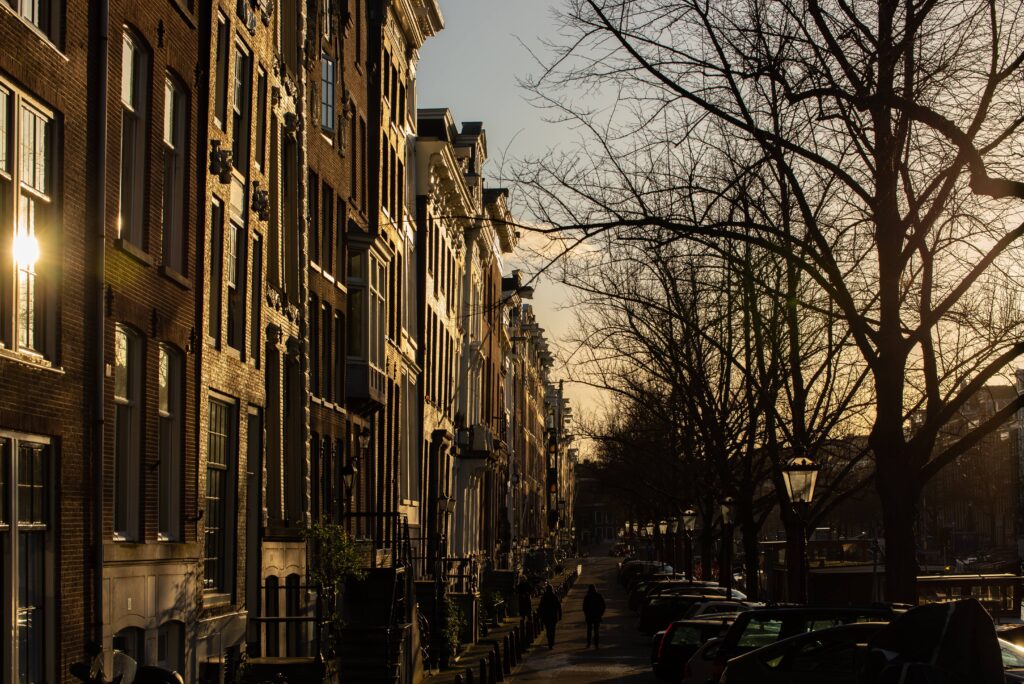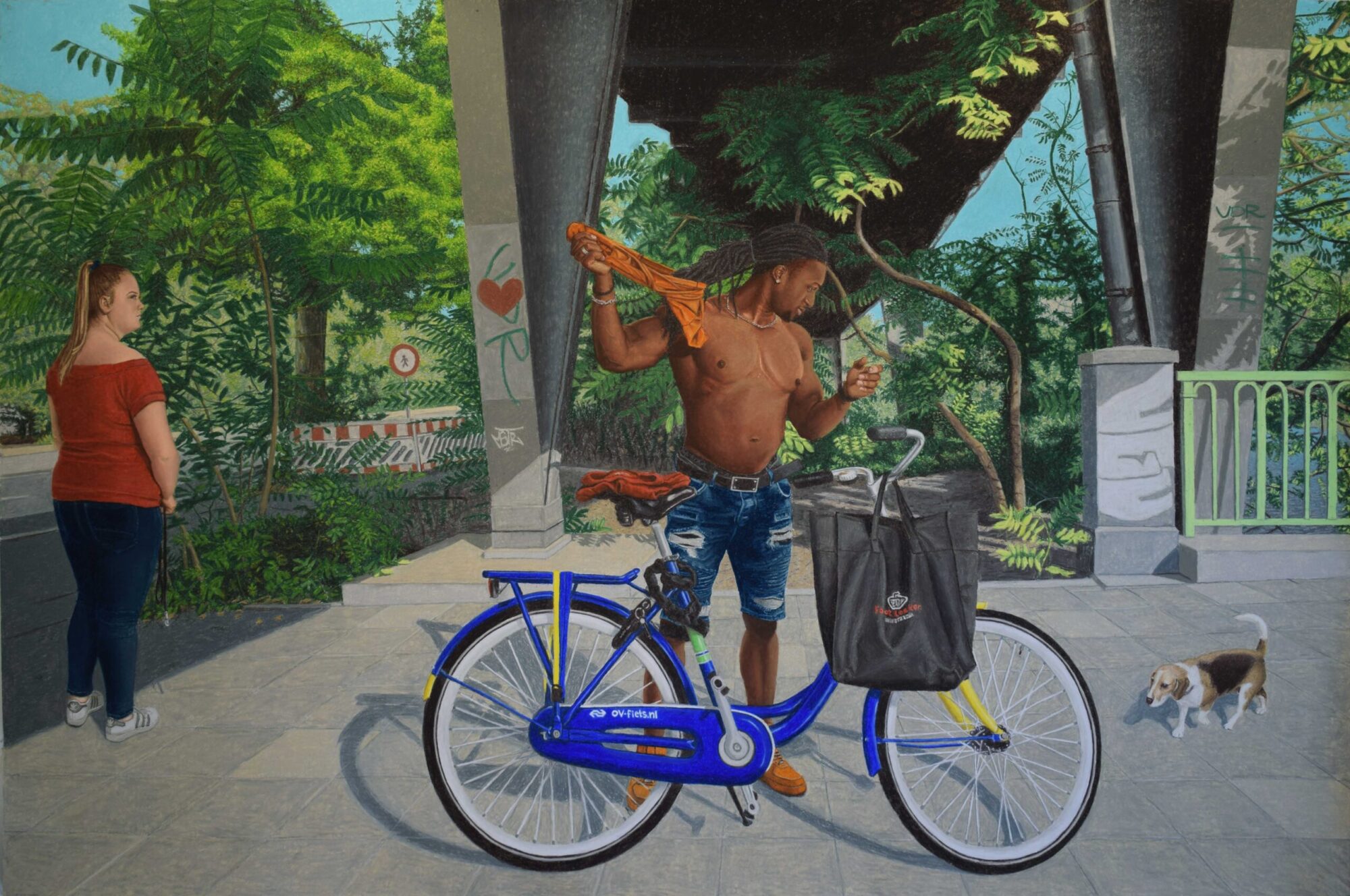
For successful integration it is required that “the migrants identify sufficiently with their new country” (Keith and Kymlicka) requiring a “sufficient degree of solidarity between the communities that together build society” (Entzinger, 697).
CONCLUSION
The Netherlands has undergone major policy changes since it started the guest worker initiative in the 1960’s first adhering to an exclusionist model, which was then changed for a multiculturalist model, followed by an integrationist model, and, lastly, the current assimilationist model (Entzinger, “The Growing Gap between Facts and Discourse on Immigrant Integration in the Netherlands” 697) . These policy changes have put immigrants in a problematic position for too long, leaving long-lasting integration issues, especially in the Turkish and Moroccan community. In a survey among Rotterdam youngsters of Turkish and Moroccan ethnicity, first and second-generation, researchers found that “more than three-quarters of them claimed that they felt Turkish or Moroccan, rather than Dutch (Entzinger et al.). To many observers this came as a surprise; others saw it as a logical consequence of decades of cultural recognition and social marginalization” (Banting and Kymlicka 198). For successful integration it is required that “the migrants identify sufficiently with their new country” (Keith and Kymlicka) requiring a “sufficient degree of solidarity between the communities that together build society” (Entzinger, 697).
While in the early days of integration policy structural and participative dimensions of integration were stressed, more recently, cultural and also loyalty have been emphasised instead (704). It remains unclear however, if this is a way to combat the stigma or the actual fear instigated by populist politicians and far-right media that have portrayed immigrants, especially Muslims as a threat to security and social welfare further dividing society into us and them or autochtonen vs. allochtonen (697), claiming that immigrants refuse to integrate and that governments have lost control over them. Efforts have been made to make immigrants identify stronger with the Netherlands by intensifying the integration and language courses and discontinuing the remains of the multiculturalist policies. Although ‘the belief is widespread in Dutch society that the early policies of multiculturalism must be held accountable for the immigrants’ perceived lack of integration, it must also be considered that the definition of successful integration has changed (705).
